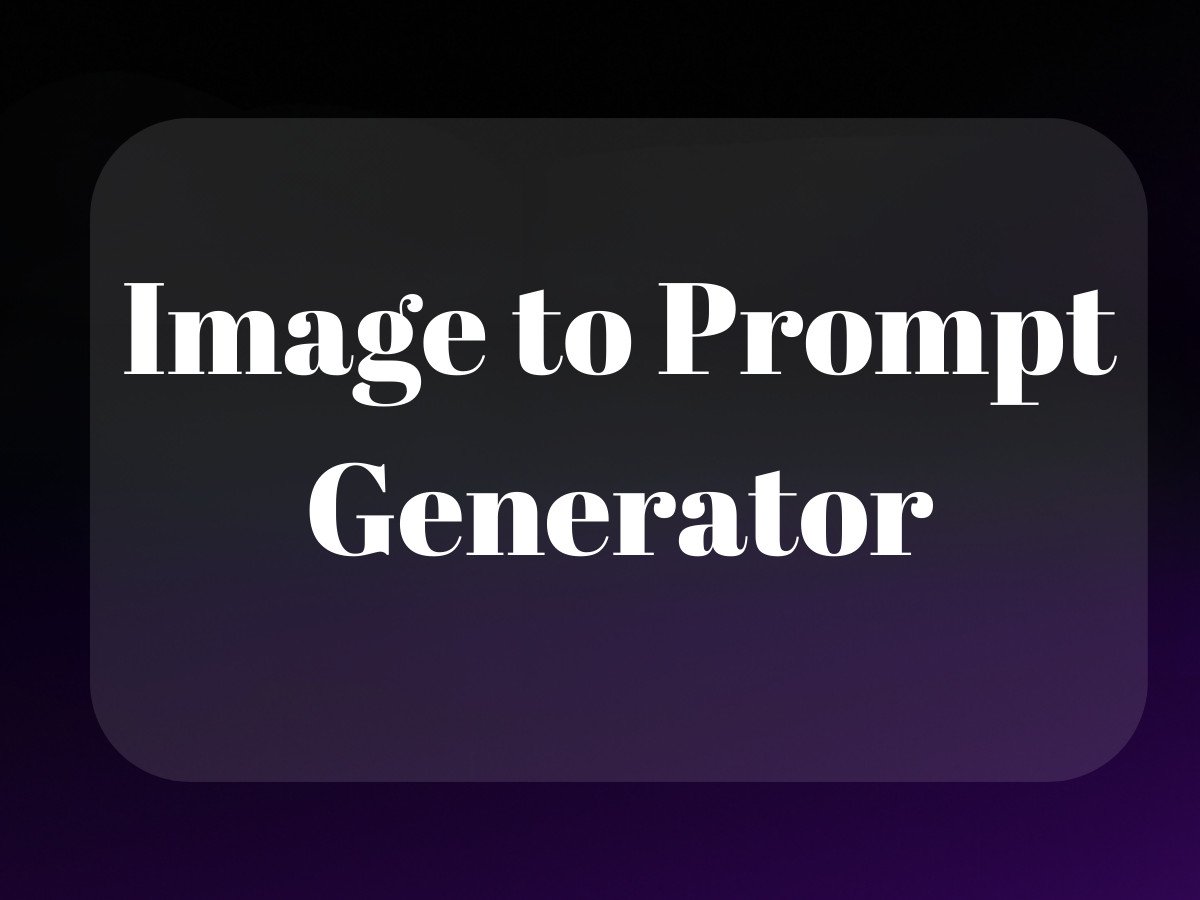Let’s be honest – we’ve all been there. It’s 2 AM, you’re deep in an Amazon shopping spiral, squinting at product reviews trying to figure out if that “life-changing” gadget is actually worth your money. Some reviews read like Shakespeare wrote them, others feel like they were written by a cat walking across a keyboard.

The fascinating thing about Amazon product reviews isn’t just their wild variety – it’s how they’ve fundamentally changed the way we shop. They’ve become our digital word-of-mouth, our virtual shopping assistants, and sometimes, our late-night entertainment. But here’s what most people don’t get: understanding how to navigate Amazon product reviews is both an art and a science.
The Evolution of Amazon Product Reviews: More Than Just Star Ratings

Remember when shopping meant trusting that smiling salesperson at your local store? Now we’re trusting strangers on the internet who might be professional Amazon product reviewers, part of the exclusive Amazon Vine program, or just someone who really, really loves their new air fryer.
What started as simple star ratings has evolved into a complex ecosystem where Amazon review programs shape purchasing decisions for millions. It’s like a massive digital focus group that never sleeps – except this one comes with photos, videos, and occasionally, passionate debates about product colors that may or may not be “more blue-ish in real life.”
The Anatomy of a Modern Amazon Review
Today’s Amazon reviews are far more sophisticated than their early counterparts. They’re not just text – they’re multimedia experiences. You’ve got your verified purchase badges (the digital equivalent of “I actually bought this, I swear”), detailed rating breakdowns, and those incredibly helpful size/fit/quality metrics that tell you if that “one size fits all” hat actually fits anyone.
The Rise of Professional Amazon Reviewers
Here’s something that might surprise you: there’s an entire subculture of professional Amazon product testers out there. These aren’t just people who love sharing their opinions – though there are plenty of those too. We’re talking about dedicated individuals who’ve turned Amazon reviewer jobs into a legitimate side hustle.
The Amazon Vine program sits at the top of this reviewing hierarchy. Think of it as the Harvard of Amazon product reviewer programs – exclusive, invitation-only, and highly sought after. Vine members get early access to products and are expected to provide detailed, honest feedback. It’s not about how to get paid for Amazon reviews (that’s actually against Amazon’s policies) – it’s about building credibility and providing valuable insights.
The Truth About Making Money with Reviews
Let’s address the elephant in the room: “how to get paid for amazon reviews” is one of the most searched phrases related to this topic. But here’s the thing – Amazon explicitly prohibits paid reviews. Those sketchy websites promising to teach you how to do product reviews for Amazon for money? They’re about as reliable as a chocolate teapot.
However, there are legitimate ways to become an Amazon product tester. The key is understanding that the value isn’t in direct payment – it’s in early access to products, building your reviewer reputation, and potentially qualifying for programs like Amazon Vine. Think of it less as a get-rich-quick scheme and more as a way to influence product development and help other shoppers make informed decisions.
Beyond the Basics: The Science of Review Analysis
What most people don’t realize is that Amazon’s review system is powered by sophisticated algorithms that would make a data scientist drool. These algorithms don’t just count stars – they analyze review patterns, detect fake reviews, and even assess the credibility of reviewers based on their history and behavior.
For brands and sellers, understanding how to get Amazon product reviews legitimately is crucial. It’s not just about quantity – it’s about quality, authenticity, and building trust with potential customers. The best reviews aren’t just testimonials; they’re detailed narratives that help others make informed decisions.
How Amazon’s Review System Really Works

Let’s be honest – Amazon’s review system is like that friend who means well but sometimes gets a bit carried away. You know the type. They’ll tell you exactly what they think about that new jacket you bought, whether you asked or not.
But here’s the fascinating part about Amazon product reviews: they’ve become the digital equivalent of word-of-mouth marketing. Remember when we used to ask our neighbors about which lawnmower to buy? Now we’re trusting complete strangers on the internet to guide our purchasing decisions. And somehow, it works (mostly).
The Anatomy of a Review: More Than Just Stars
Think of Amazon product reviews as a digital dissection lab, especially for sellers looking to understand customer preferences and improve their listings. If you’re also exploring how to resell products successfully, analyzing reviews can give you insights into customer pain points and what features matter most. Each review is made up of multiple components – star ratings (the quick-glance metric everyone loves), written feedback (where the real meat lives), and those ever-important verified purchase badges (Amazon’s way of saying “yes, this person actually bought the thing”).
But here’s what most people don’t realize: Amazon’s got some pretty specific rules about what makes a legitimate review. Understanding ASIN meaning is also crucial for sellers and shoppers alike, as the Amazon Standard Identification Number (ASIN) helps differentiate products and ensures accurate reviews are associated with the right items. You need at least 20 words (no “great product!” and done), but they cap you at 5,000 words (sorry, aspiring novelists).
And if you’re thinking about slipping in your Instagram handle or a link to your YouTube channel? Think again.
The Secret Sauce Behind Amazon Reviews
Ever wonder how someone becomes an Amazon product reviewer who actually gets paid to test products? Enter the Amazon Vine Program – the closest thing to a professional reviewer club you’ll find on the platform. The amazon vine login page might as well be Fort Knox; it’s that exclusive.
The Vine Program: Not Your Average Product Testing Gig
Getting into the Amazon Vine program is like trying to join an exclusive club where the bouncer is an algorithm. You can’t just decide to become an Amazon product tester – you’ve got to be invited. And trust me, Amazon’s pretty picky about who gets in.
For those wondering how to get paid for Amazon reviews legitimately (because yes, there are definitely illegitimate ways), the Vine program is your best bet. But here’s the catch: you can’t just write reviews for Amazon and get paid directly. The compensation comes in the form of free products to test and review.
The Review Quality Control System
Amazon’s review filtering system is like having an overzealous hall monitor with a PhD in data science. It uses machine learning to flag suspicious patterns – multiple reviews from the same IP address, sudden bursts of 5-star ratings, or reviews that sound like they were written by a marketing department (spoiler: they probably were).
For those asking “does Amazon pay for product reviews?” – technically, no. The Amazon review program doesn’t involve direct payment. But if you’re wondering how to do product reviews for Amazon professionally, there are legitimate paths like becoming an Amazon reviewer through the Vine program.
The Truth About Amazon Product Testing Jobs
Let’s clear something up: that Amazon product tester job posting you saw? Probably not what you think it is. While there are legitimate ways to become an Amazon product reviewer, most “get paid to review” schemes are about as reliable as a chocolate teapot.
The real Amazon product reviewer job comes through building a reputation for honest, detailed reviews. It’s less about finding ways how to get Amazon product reviews for free and more about becoming someone whose opinion actually matters to the community.
Managing Reviews: A Seller’s Perspective
For sellers, getting those precious Vine customer review of free product badges can feel like striking gold. But Amazon isn’t the only marketplace where reviews and fulfillment strategies matter—programs like Walmart WFS (Walmart Fulfillment Services) are also gaining traction, offering an alternative for sellers looking to diversify their sales channels. But here’s what smart sellers know: it’s not about gaming the system to get more reviews. It’s about using tools like the Customer Reviews Tool to understand what customers are actually saying.
The best strategy for how to get Amazon product reviews isn’t trying to manipulate the system – it’s creating products worth reviewing and providing service worth talking about. Sometimes the simplest answer is the right one, even if it’s not the easiest.
And for those wondering how to become an Amazon reviewer? Start by writing thoughtful, honest reviews of products you’ve actually purchased. Build a track record. Be the reviewer you’d want to read from. The invites and opportunities tend to follow naturally when you focus on adding real value to the community.
Making the Most of Amazon’s Review Programs

Let’s talk about the elephant in the room: the Amazon Vine Program. It’s like getting a backstage pass to the product review world, but with actual responsibilities. I’ve seen countless brands fumble this opportunity because they treat it like a magic bullet for instant positive Amazon product reviews.
Here’s the thing – Vine isn’t just about getting free stuff to review (though that’s definitely a perk). It’s Amazon’s way of creating a trusted network of reviewers who actually know what they’re talking about. Think of it as the difference between asking your tech-savvy friend about a gadget versus your aunt who still uses a flip phone.
The Amazon Vine Program: More Than Just Free Products
To become an Amazon product reviewer through Vine, you need to consistently demonstrate thoughtful, detailed reviews that help other shoppers make informed decisions. It’s not about the quantity – it’s about quality. And no, you can’t just sign up for Amazon Vine login whenever you feel like it. Amazon hand-picks participants based on their review history and expertise.
For brands wondering how to get Amazon product reviews through Vine, remember this: Vine reviewers are required to be brutally honest. If your product isn’t up to snuff, they’ll say so. That “vine customer review of free product” disclaimer isn’t just there for show – it’s a badge of transparency.
Beyond Traditional Product Reviews
Want to know how to become an Amazon reviewer without Vine? There are legitimate ways to build your reputation as an Amazon product tester. But let me be crystal clear: if anyone’s promising to show you how to get paid for Amazon reviews or claiming there’s some secret Amazon review program that’ll make you rich… run. Fast.
The truth about the Amazon reviewer job scene is less exciting but more sustainable. Focus on writing genuine, helpful reviews for products you actually buy and use. Yes, some people do write reviews for Amazon and get paid through various Amazon product tester job opportunities, but these are typically through third-party market research firms, not Amazon directly.
Building a Sustainable Review Strategy
For brands wondering how to get Amazon product reviews organically, here’s my tech-meets-human approach:
- Focus on product quality first – no amount of review strategy can overcome a mediocre product
- Use Amazon’s “Request a Review” button (it’s like a gentle nudge, not a desperate plea)
- Optimize your product listings so customers know exactly what they’re getting
- Consider the Amazon Vine program for new product launches
- Explore tools like a word cloud generator to visualize customer feedback
The Future of Amazon Reviews
Does Amazon pay for product reviews? No, and they never will. The platform is actually moving towards stricter verification systems. I’ve seen AI getting better at detecting fake reviews, and Amazon’s algorithms are becoming increasingly sophisticated at spotting review manipulation.
For those wondering how to do product reviews for Amazon effectively, focus on providing value. Share specific details about your experience, include photos or videos when relevant, and always maintain authenticity. The best reviews read like advice from a knowledgeable friend, not a corporate press release.
Final Thoughts on Amazon’s Review Ecosystem
Here’s what fascinates me about Amazon’s review system – it’s essentially a massive trust network built on human experiences. Sure, there are algorithms and policies keeping things in check, but at its core, it’s about people helping people make better buying decisions.
For brands and reviewers alike, success in Amazon’s review ecosystem comes down to one thing: authenticity. You can’t game the system long-term, and honestly, why would you want to? The real value lies in building genuine connections with customers through honest feedback and continuous improvement.
Whether you’re a brand owner looking to improve your product reviews or someone interested in becoming an Amazon reviewer, remember that trust is the currency of the digital age. And unlike cryptocurrency, its value only goes up when you invest in genuine relationships and honest communication.
The future of Amazon reviews isn’t about finding clever ways to manipulate the system – it’s about leveraging technology to make authentic connections between products and people. And that’s something worth reviewing.
Related Articles:
- Amazon Product Tester: A Guide to Free Items and Reviews
- The Impact of Customer Reviews on Your Amazon Product Listings
- Amazon Product Reviewer: How to Get Free Products
Frequently Asked Questions
Write reviews for Amazon and get paid?
While Amazon itself does not pay individuals to write reviews, there are third-party programs and websites that compensate users for writing product reviews. These platforms often provide free or discounted products in exchange for honest feedback. It’s important to follow Amazon’s guidelines, which prohibit incentivized reviews directly related to monetary compensation.
What is an Amazon product tester job?
Amazon product tester jobs typically involve receiving products for free or at a discount in exchange for writing an unbiased review. These opportunities are often found through third-party platforms and review programs. It’s crucial to ensure that any product testing complies with Amazon’s review policies to avoid conflicts of interest.
How to get Amazon product reviews?
To get Amazon product reviews, sellers often use strategies like reaching out to customers post-purchase with follow-up emails or providing excellent customer service to encourage reviews. Participating in the Amazon Vine program, where products are provided to select reviewers for free, can also generate reviews. Ensuring product quality and customer satisfaction naturally leads to positive reviews over time.
Does Amazon pay for product reviews?
Amazon does not pay for product reviews as it aims to maintain the authenticity and reliability of customer feedback. The company strictly prohibits incentivized reviews that involve direct payment. Amazon does, however, have the Vine program, which allows trusted reviewers to receive free products to review without monetary compensation.
How to do product reviews for Amazon?
To write product reviews for Amazon, simply purchase a product, use it, and then share your honest opinion on its product page. Ensure your review is detailed, addressing both the pros and cons, to help other customers make informed decisions. Following Amazon’s community guidelines is essential to keep your review compliant and visible.
About the Author
Vijay Jacob is the founder and chief contributing writer for ProductScope AI focused on storytelling in AI and tech. You can follow him on X and LinkedIn, and ProductScope AI on X and on LinkedIn.
We’re also building a powerful AI Studio for Brands & Creators to sell smarter and faster with AI. With PS Studio you can generate AI Images, AI Videos, Chat and Automate repeat writing with AI Agents that can produce content in your voice and tone all in one place. If you sell on Amazon you can even optimize your Amazon Product Listings or get unique customer insights with PS Optimize.
🎁 Limited time Bonus: I put together an exclusive welcome gift called the “Formula,” which includes all of my free checklists (from SEO to Image Design to content creation at scale), including the top AI agents, and ways to scale your brand & content strategy today. Sign up free to get 200 PS Studio credits on us, and as a bonus, you will receive the “formula” via email as a thank you for your time.




